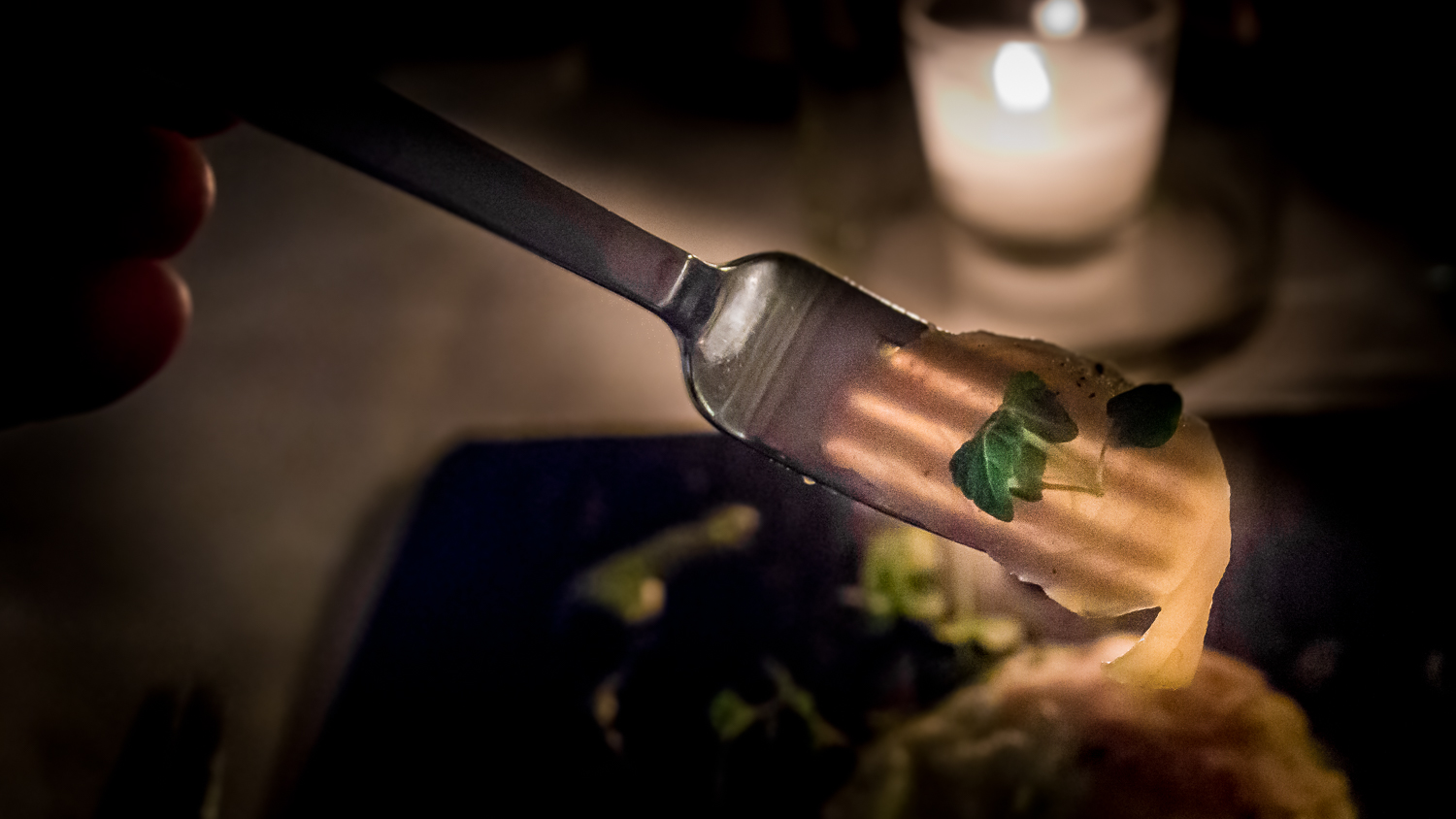A quick transformation today, where one of the functional water gates of Venice goes from blah to ahhh.
“Typically, steps disappear into the waters of the canal”
There are many, many water gates throughout Venice. These water gates are water-level entrances to businesses and homes that sit on the 175-odd canals of Venice. Deliveries of people and goods have come through these doors for centuries. Some are very basic -- just for goods -- and some are a bit more fancy -- for people who want to arrive by boat, rather than by foot.
Many of the water gates are difficult to photograph, as there is no visual access to those gates from across the small canals from which they have their access. But, I have been able to capture photos of many, like the one that is the focus of today's article.
Typically, steps disappear into the waters of the canal. These steps allow for fluctuating water levels created by the tidal affects in the Venation lagoon -- whether the water levels are high or low, one steps out onto stairs.
Here is the original snapshot of this water gate, with its spiderweb-inspired door insert. My only disappointment in this layout is the age of the doors...I would have preferred older, weathered doors...but I'll work on it. This snapshot is a bit wonky, as I couldn't get a head-on photograph. And I can't say that I like the downspouts intruding into this scene are of interest for the final image. And then there's the bit of white card on the right-hand door.
Just below, you can see the next step in the photo's transformation. The image has been straightened so that vertical lines are vertical and horizontal lines are horizontal. I've also removed the downspouts to the left, as well as a bit of window.
It's now time to age the photo a bit through the addition of richness, which I create with color, luminosity and sharpening.
I was pretty happy with what I had at this point, but I thought that the doors were kind of lost...they needed some lightening and a bit more texture. I also wanted a bit more mid-tone contrast, so I did those things and you see the final result, below.
Now, take a look at the original snapshot above and the final version below. Quite a transformation, huh? Now I've got that more-ancient look for which I always strive. I hope you enjoyed the transformation process.
Ciao for now,
Steve






















